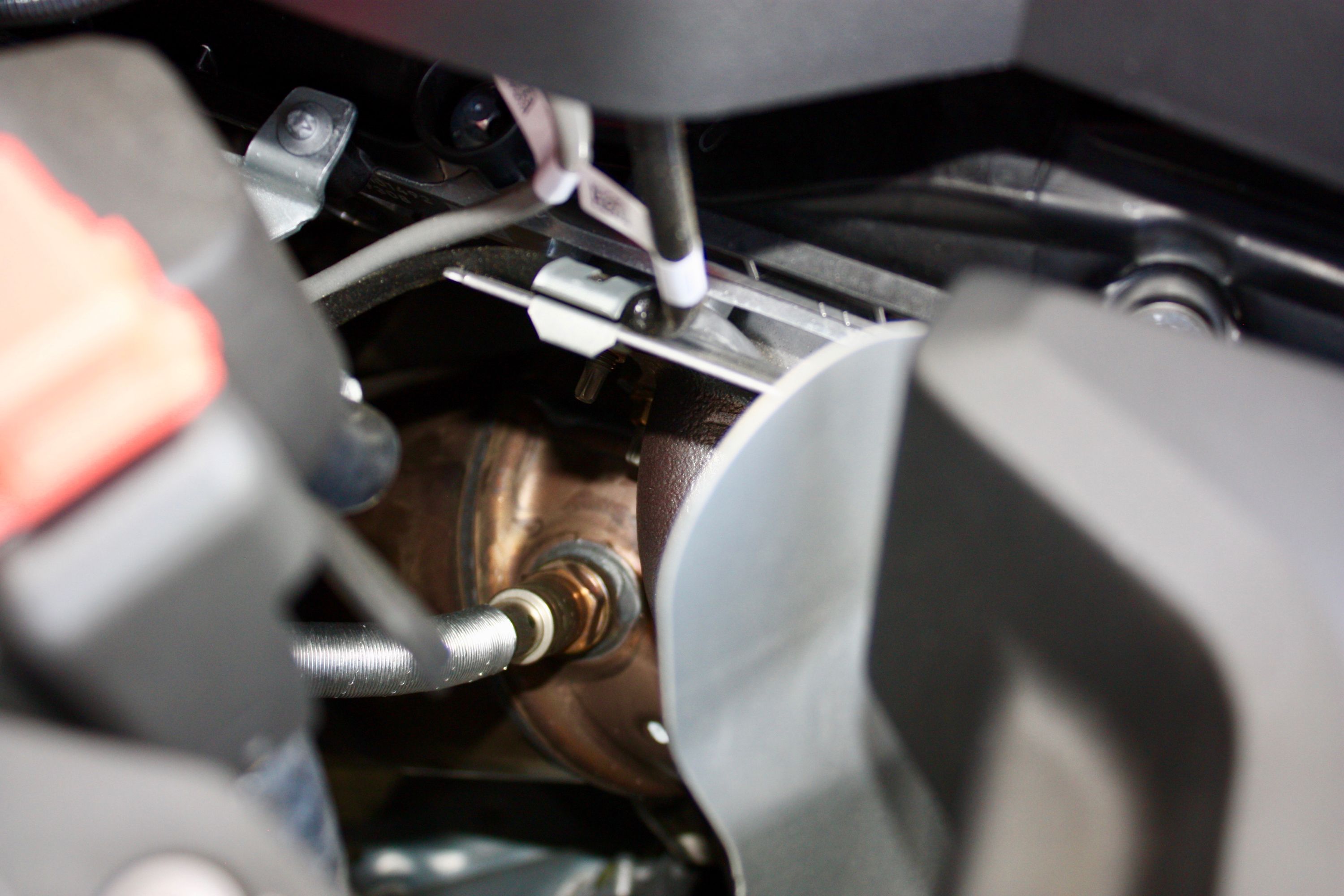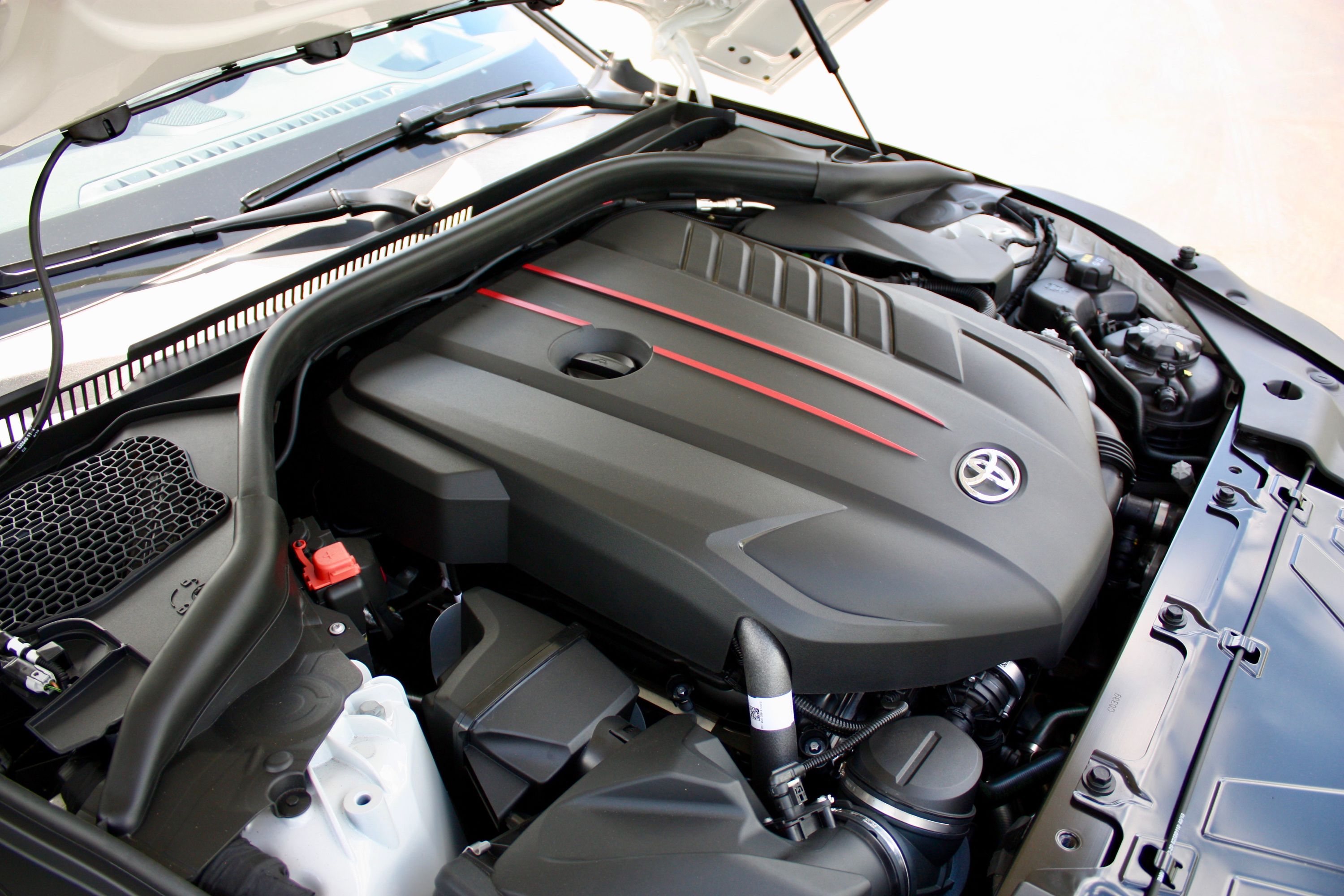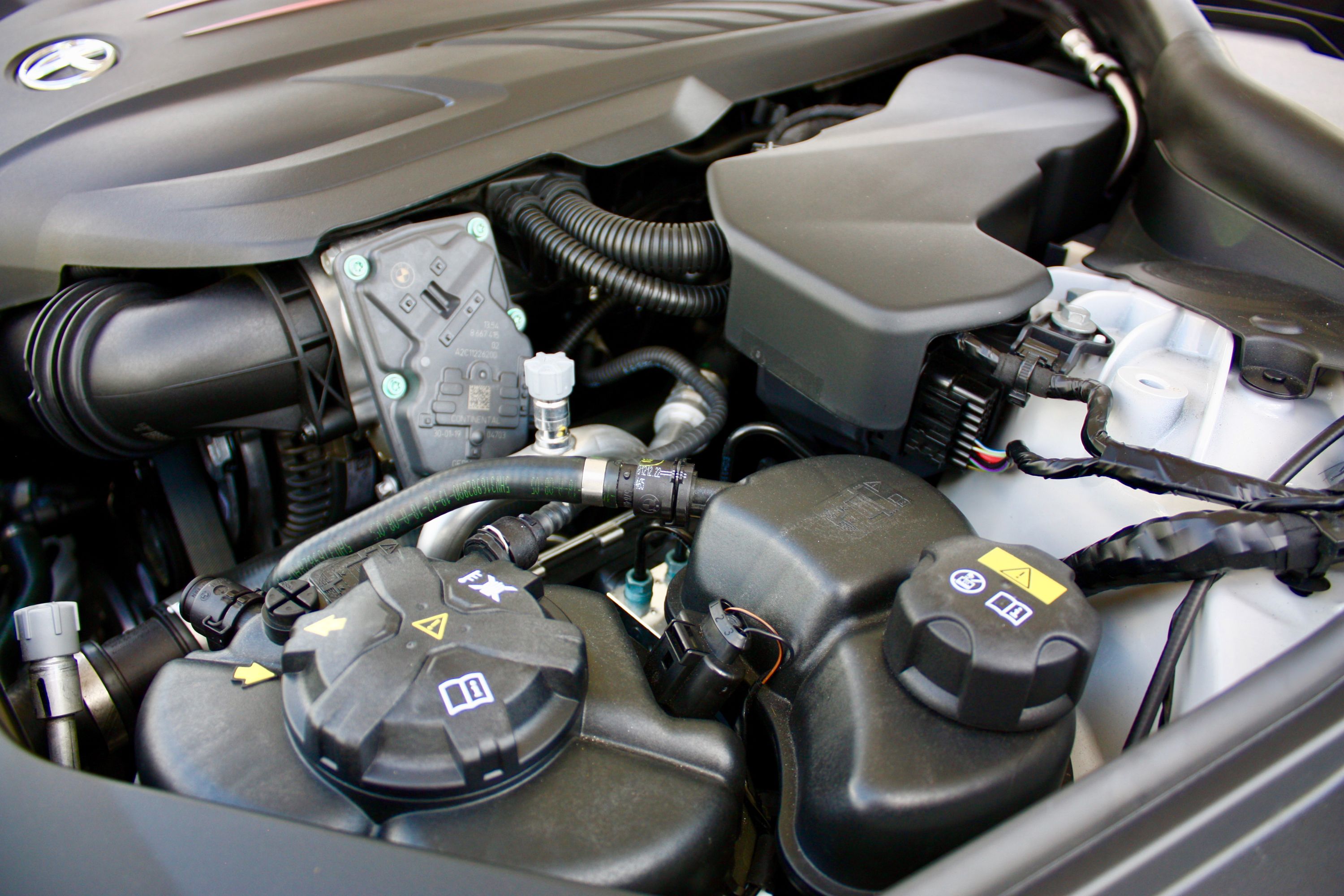Much has been said about Toyota and BMW's relationship during their time developing the Supra and Z4 Roadster, respectively. Most people continue to lament the German automaker’s heavy involvement in the Japanese sports coupé's development, though the truth, as is often the case, lies somewhere between what people think and what actually transpired. It's true that BMW was heavily involved in certain aspects of the Supra's development, including supplying a handful of important parts, including the one you'll find when you pop open the Supra’s hood. Lift it up and you’ll see the sports car’s beating heart: a 3.0-liter, turbocharged, inline-six engine that looks like it was crammed in that space with very little room for anything else. It’s easy to look at this setup and see Bimmer’s fingerprints all over the Supra’s development, but the Supra is still more than just a Z4 Roadster wearing a different body and sporting a Toyota badge on it.
Toyota DNA With a BMW Heart
I understand the angst against the development process behind the Toyota Supra. Purists, in particular, weren’t too thrilled about the Japanese sports coupe’s Bavarian roots. Sure, that’s a reasonable gripe if you’re here to uphold the historical essence of the nameplate. But we also live in an era where if nostalgia and practicality collide, the latter almost always means. We know that it’s not what you’d want to hear, but it is the truth, and it hurts most of the time.
Most of the eyeballs and side-eye glances towards Toyota doesn’t have anything to do with the Supra’s looks, which, by the way, is its own plate of divisiveness.
So instead of taking that expensive and time-consuming approach, Toyota opted to source the engines from BMW. Mind you, it’s not just the inline-six engine; the 2.0-liter four-cylinder unit that powers the entry-level Supra — in other markets — is also a BMW engine. At the outset, Toyota already knew that it needed BMW’s engines, and since both automakers already have a previous relationship from their days building a series of diesel engines, it wasn’t too much of a reach for the German automaker to help out its Japanese colleague.
Regardless of its layout, the Supra’s six-cylinder engine isn’t defined by its appearance. Far from it. At the end of the day, the Supra is a performance car in the purest sense of the label. The engine is tuned to produce 335 horsepower and 365 pound-feet of torque. All that power goes to the two rear wheels courtesy of an eight-speed ZF automatic transmission, and, according to Toyota, the Supra can sprint from 0 to 62 mph in 4.1 seconds.
It’s easy to look at the sports car and lament the what-could-have-been’s. But at the end of the day, Toyota promised a worthy return of the Supra nameplate, and, for the most part, it has delivered on that promise.
Performance And Drivetrain Specs
|
2020 Toyota Supra |
2019 BMW Z4 M40i |
2019 BMW Z4 sDrive30i |
|
|
Engine |
turbo 3.0-liter six-cylinder |
turbo 3.0-liter six-cylinder |
turbo 2.0-liter four-cylinder |
|
Transmission |
eight-speed automatic |
eight-speed automatic |
eight-speed automatic |
|
Horsepower |
335 hp |
382 hp |
255 hp |
|
Torque |
365 lb-ft |
369 lb-ft |
295 lb-ft |
|
0-60 mph |
4.1 seconds |
3.9 seconds |
5.2 seconds |
|
Top Speed |
155 mph |
155 mph |
155 mph |
|
Weight (lb) Per Horsepower |
10.14 |
9.01 |
12.89 |
Further Reading
Driving the 2020 Toyota Supra On the Track and the Street
Read our full driven review on the 2020 Toyota Supra.
Read our review of the 2020 Toyota Supra
Read our full review on the 2019 BMW Z4.



